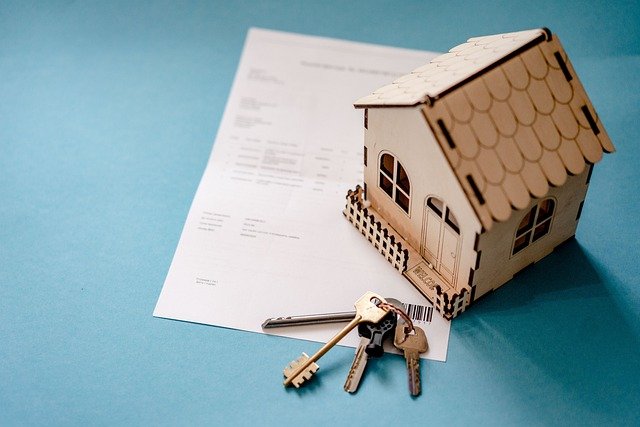Tackling the Ups and Downs in Real Estate Market Cycles
The real estate market, like any other investment market, is subject to cycles with periods of growth, stability, decline, and recovery. Understanding these cycles can provide investors, buyers, and sellers with valuable insights that can guide their decisions. This article will delve into the nature of real estate cycles and how to best navigate them.

The Anatomy of Real Estate Cycles
Real estate cycles are typically divided into four phases: recovery, expansion, hyper supply, and recession. The recovery phase is characterized by low demand, high vacancy rates, and little construction activity. As the cycle moves into the expansion phase, demand increases, vacancies decrease, and construction starts to pick up. During the hyper supply phase, supply outstrips demand due to overbuilding, leading to increased vacancies and declining rents. The recession phase is marked by a significant decrease in demand, high vacancies, and a slump in construction.
The Driving Forces Behind Market Cycles
Real estate cycles are influenced by a variety of factors, such as economic conditions, interest rates, and demographic trends. For example, during periods of economic growth, demand for real estate tends to increase as businesses expand and consumers have more disposable income. Conversely, during an economic downturn, demand often decreases as businesses contract and consumer spending tightens. Interest rates also play a significant role, with lower rates making borrowing more affordable and potentially stimulating demand for real estate.
Strategic Maneuvers through the Phases
Having a grasp of real estate cycles can be a powerful tool for investors. During the recovery phase, it may be a good time to buy as property prices are typically low. The expansion phase, with its rising prices, can be an opportune time to sell or rent out properties. The hyper supply phase requires caution due to the risk of falling prices, but can also present opportunities to buy at lower prices. The recession phase, while challenging, can be a time for strategic planning and preparation for the next cycle.
The Impact of Market Cycles on Buyers and Sellers
For homebuyers, understanding real estate cycles can help inform their purchase decisions. For example, buying during the recovery phase when prices are low can be a savvy move. Sellers, on the other hand, may find it advantageous to sell during the expansion phase when prices are on the rise. However, it’s important to remember that real estate is a long-term investment, and short-term market fluctuations should not dictate decisions.
The Art of Timing in Real Estate
While understanding real estate cycles can be beneficial, it’s important to note that timing the market perfectly is nearly impossible. However, a solid understanding of market cycles can inform smarter, more strategic decision-making for both investors and homeowners. The key is to be aware of the current phase, understand the forces at play, and make decisions based on both the present context and long-term goals.
In the dynamic world of real estate, knowledge is indeed power. By keeping an eye on market trends and cycles, you can make informed decisions that will stand the test of time.





